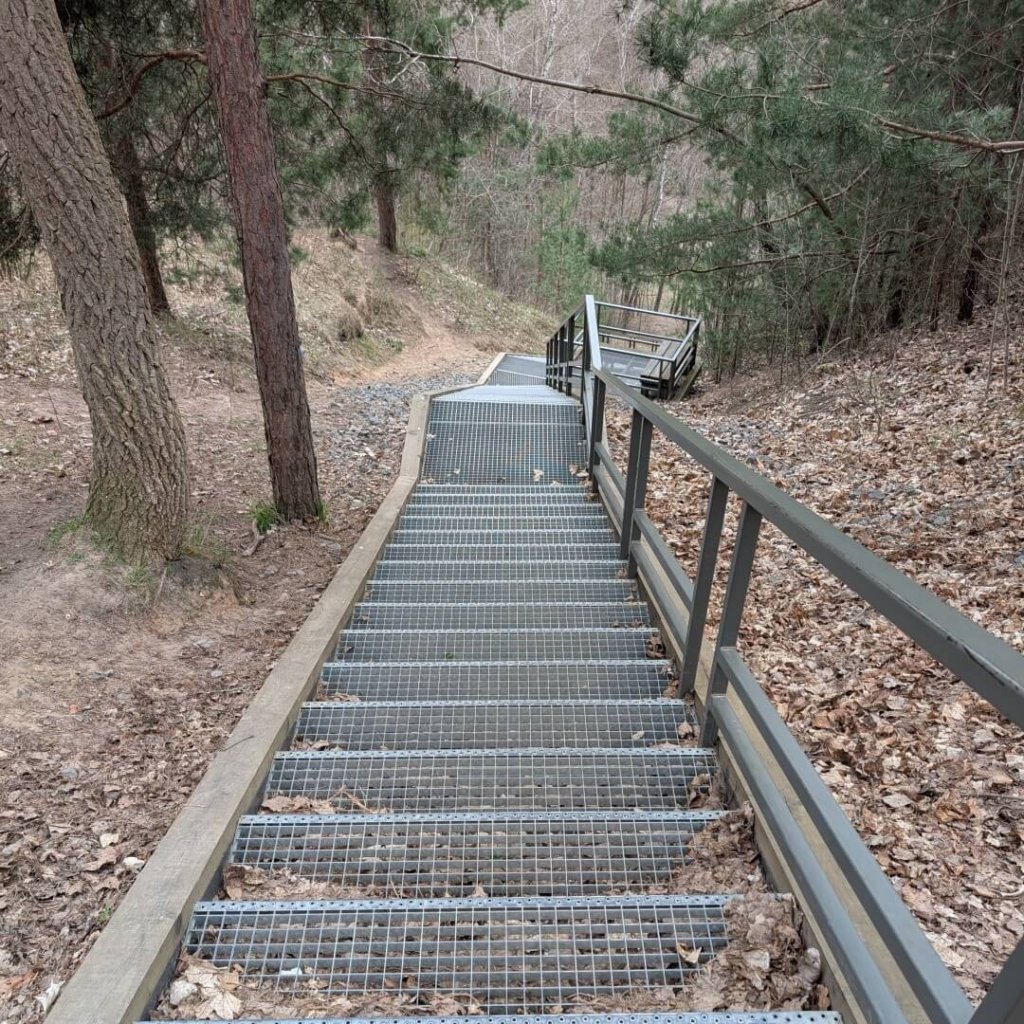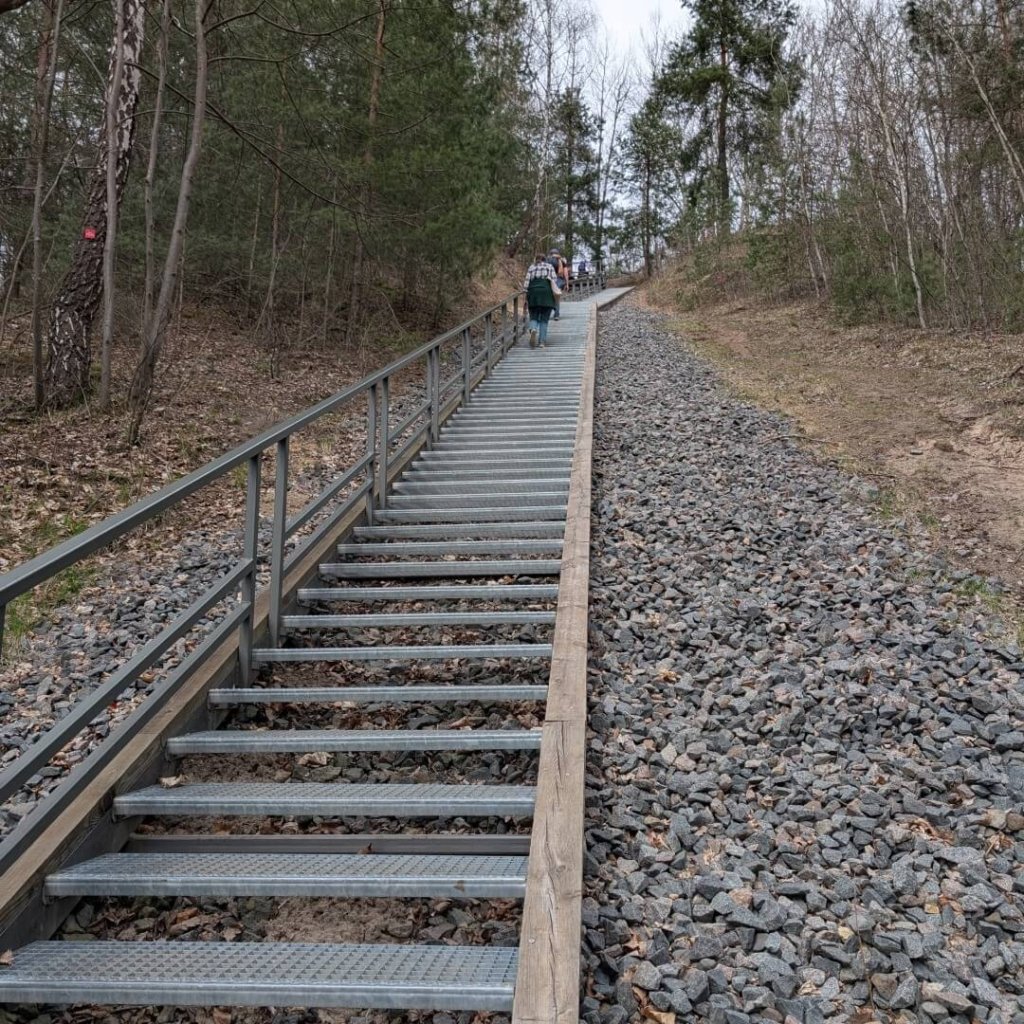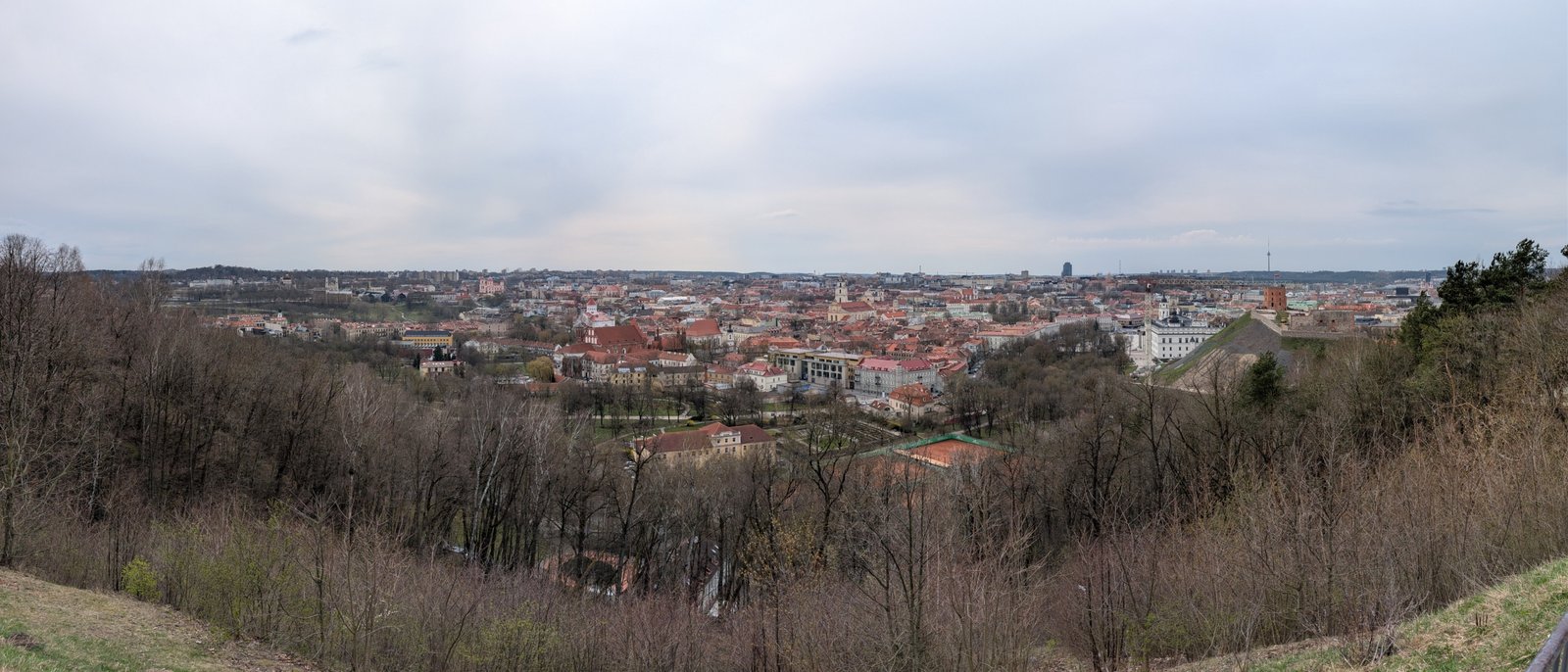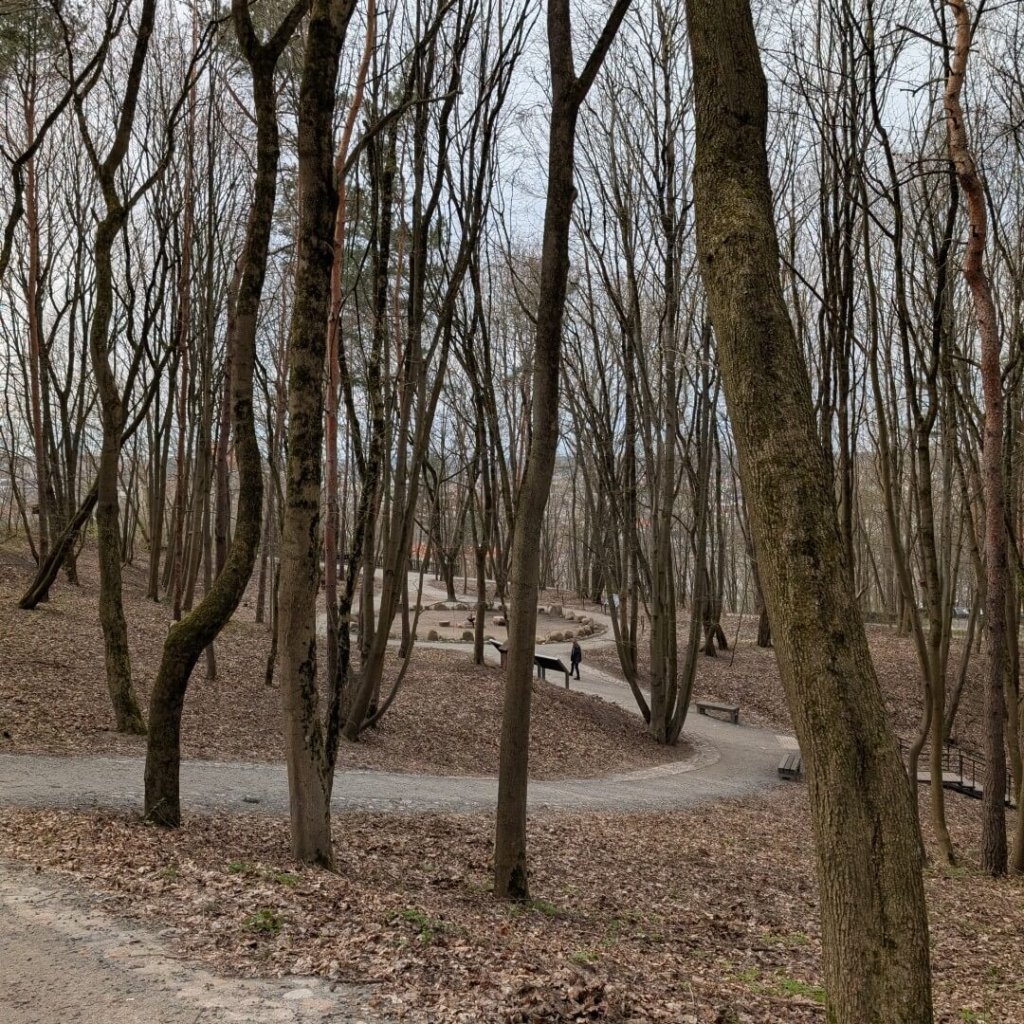The Ultimate Guide to Exploring the Three Crosses Monument in Vilnius
One of the most iconic landmarks in the Lithuanian capital, the Three Crosses Monument is a must-visit when exploring Vilnius. Towering over the city from its hilltop location, this striking white structure is more than a viewpoint. It is a deeply symbolic site rooted in Lithuania’s national history, religious identity, and struggle for independence. Whether you’re a history enthusiast, a nature lover, or simply in search of the best views in the city, the Three Crosses Monument offers a compelling and unforgettable experience.
Location and Setting
The Three Crosses Monument is located on Bleak Hill (also referred to as the Hill of Three Crosses) within Kalnai Park, just a short walk from Vilnius Old Town. This scenic park lies between the Vilnia and Neris rivers and is adjacent to Bernardine Gardens, one of the most beautiful green spaces in the city. The monument is part of the larger network of historic and natural sites that include Gediminas’ Hill and Tower, making it an essential stop on any visit to the area.
From the summit, visitors are rewarded with sweeping panoramic views of Vilnius. You can see the red rooftops of the Old Town, the spires of Vilnius Cathedral, and even the artistic district of Uzupis in the distance. It is one of the highest natural vantage points in the city, offering an ideal location for photography, reflection, and gaining a deeper appreciation of Vilnius’s landscape.
Historical and Symbolic Significance
The origins of the Three Crosses Monument trace back to a centuries-old legend. According to the story, seven Franciscan monks arrived in Vilnius in the 14th century to preach Christianity. They were reportedly martyred on this very hill by local pagans who resisted the conversion to Christianity. In their memory, wooden crosses were erected, symbolising not only the sacrifice of these early missionaries but also Lithuania’s eventual embrace of Christianity.
The original wooden crosses stood for many years and became a place of quiet pilgrimage and prayer. However, they deteriorated over time and were eventually replaced with a concrete monument designed by Polish-Lithuanian architect Antanas Vivulskis in 1916. This structure stood as a powerful national symbol until 1950, when it was destroyed by Soviet authorities during the occupation of Lithuania, as part of a broader campaign to suppress national and religious symbols.
In 1989, as Lithuania moved towards regaining its independence, the monument was rebuilt using Vivulskis’ original designs. Its restoration became a symbol of the country’s resilience, identity, and longing for freedom. Today, the monument stands not only as a memorial to the fallen monks but as a representation of Lithuania’s strength and enduring spirit. It is a site that evokes pride, remembrance, and hope for a better future.
How to Get to the Three Crosses Monument
Getting to the Three Crosses Monument is relatively straightforward and I think forms part of the overall experience. Most visitors begin their journey in Vilnius Old Town, particularly from the vicinity of Cathedral Square. From here, head towards the entrance of Bernardine Gardens, which lies behind Vilnius Cathedral and the Palace of the Grand Dukes of Lithuania. However, there are several ways you can get to the Three Crosses Monument.
Once inside the park, follow the well-marked paths that lead towards the base of Bleak Hill. There are two main routes up the hill: a set of steep but stable wooden stairs, and a longer, winding path that ascends through the forest – This is the path I took as it was more scenic. The climb took me around 25-30 minutes, but depending on your fitness level and pace it can take shorter or longer for you.


The trail is surrounded by tall trees and natural beauty, making it a pleasant hike, especially in spring and autumn. While the paths are generally well-maintained, they can become slippery and muddy during wet weather, so proper footwear is highly recommended. There are benches along the way if you need to rest, and interpretive signs provide information about the monument and its significance.
Visiting Tips and Practical Information
The Three Crosses Monument is open year-round and accessible at any time of day. There is no entrance fee, making it a perfect option for the budget-conscious travellers as well or those looking to explore Vilnius on foot. Because of its height and exposure, the viewpoint can be quite windy, especially in winter, so be sure to dress appropriately for the weather.
The best times to visit are during sunrise or sunset when the city is bathed in golden light, adding a magical quality to the panoramic views. The monument is particularly striking during these hours, and the soft light enhances the architectural and natural beauty of the surrounding area.
Photographers will find plenty of inspiration here. A wide-angle lens is ideal for capturing the full scope of the view, while a zoom lens can help highlight specific landmarks such as Gediminas’ Tower, Vilnius Cathedral, and the bridges over the Neris River. Even my Google Pixel 9 camera produced stunning photos from here so a professional camera is not needed but would have been beneficial here.

It is also worth noting that the monument is a popular spot for both tourists and locals, particularly during weekends and public holidays. If you prefer a quieter visit, consider going early in the morning or on a weekday – I went there during a weekday so it wasn’t as busy as it would have been during the weekend.
Nearby Attractions
Once you’ve taken in the views from the Three Crosses Monument, there is plenty more to explore in the immediate vicinity. Kalnai Park itself is a peaceful and verdant area, ideal for a relaxing stroll or a picnic. The nearby Bernardine Gardens feature beautifully landscaped flower beds, fountains, and shaded pathways that offer a tranquil retreat in the heart of the city. I went there in April when not a lot of the trees had blossomed yet so everything was a bit naked – but still a very scenic hike/view.

Just across the river lies Gediminas’ Hill, home to the historic Gediminas’ Tower. Climb to the top for another perspective on Vilnius and learn about the city’s origins at the on-site museum. Below the hill, Vilnius Cathedral and the Palace of the Grand Dukes provide further insight into Lithuania’s cultural and architectural heritage.
For something a little different, head to Uzupis, an artistic district that declared itself an independent republic in 1997. Known for its bohemian vibe, street art, and quirky constitution, Uzupis is a short walk from the monument and offers a contrasting experience to the solemnity of the Three Crosses.
Final Thoughts
The Three Crosses Monument is much more than a tourist attraction. It is a place where history, symbolism, and natural beauty come together to create a meaningful and enriching experience. Whether you’re a solo traveller, a couple exploring Lithuania, or a history buff uncovering the stories behind the landmarks, this monument should be high on your itinerary.
With its powerful message of resilience, breathtaking views, and central location, the Three Crosses Monument truly captures the essence of Vilnius. It invites reflection on the past while offering hope for the future – all against the stunning backdrop of one of Europe’s most underrated capitals.



